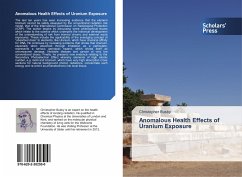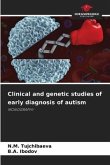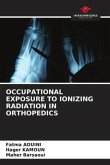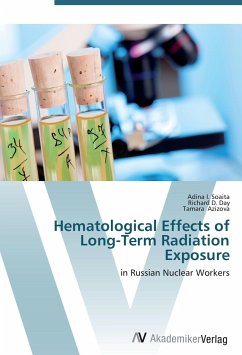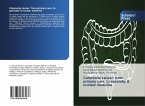The last ten years has seen increasing evidence that the element Uranium cannot be safely assessed by the conventional radiation risk model, that of the International Commission on Radiological Protection (ICRP). The author begins by discussing some philosophical issues which relate to the science which underpins the historical development of the understanding of risk from internal chronic and external acute exposures. These include the applicability of the averaging concept of "absorbed dose" to elements, like Uranium, which have chemical affinity for DNA. He continues by reviewing evidence that shows that Uranium, especially when absorbed through inhalation as a particulate, represents a serious genotoxic hazard, which shows itself as chromosome damage, heritable disease and cancer at very low conventional doses. Finally, he presents new evidence relating to the Secondary Photoelectron Effect whereby elements of high atomic number, e.g. Gold and Uranium, which have very high absorption cross sections for natural background photon radiations, concentrate such energy and re-emit it as photoelectrons into local tissue.

